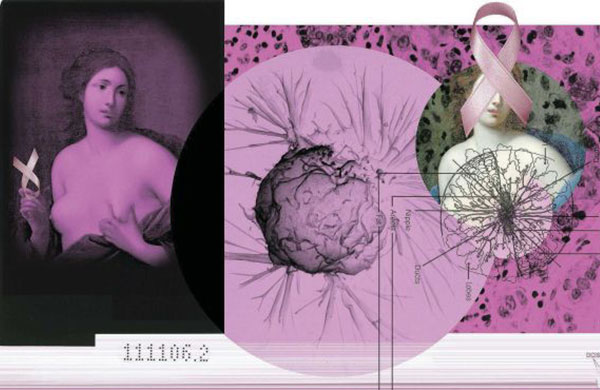 MRSA stands for methicillin resistant Staphylococcus aureus (S. aureus) bacteria. It causes skin infections, in addition to many other types of infections.
MRSA stands for methicillin resistant Staphylococcus aureus (S. aureus) bacteria. It causes skin infections, in addition to many other types of infections.
Although S. aureus has been causing infections (staph infections) for as long as the human race has existed, MRSA has a relatively short history. MRSA was first noted in 1961, about two years after the antibiotic methicillin was initially used to treat S. aureus and other infectious bacteria, but the germ acquired a methicillin resistant gene. This gene has continued to evolve so that now, many MRSA strains are currently resistant to several different antibiotics. S. aureus is sometimes termed a “superbug” because of its ability to become resistant to several antibiotics. MRSA can be found worldwide.
Most MRSA infections are skin infections that produce the following signs and symptoms:
• Cellulitis (infection of the skin or the fat and tissues that lie immediately beneath the skin, usually starting as small red bumps)
• Boils (pus-filled infections of hair follicles)
• Abscesses (collections of pus under the skin)
• Stys (infections of the eyelid gland)
• Carbuncles (infections larger than an abscess, usually with several openings to the skin)
• Impetigo (a skin infection with pus-filled blisters).
Occasionally, the MRSA skin infection spreads to other organs in the body. When this happens, more severe symptoms develop. MRSA that spreads to internal organs can become life threatening. Fever, chills, low blood pressure, joint pains, severe headaches, shortness of breath, and a rash over most of the body are symptoms that need immediate medical attention, especially when associated with skin infections.
How You Can Get MRSA
There are two ways people become infected with MRSA. The first is physical contact with someone who is either infected or is a carrier (people who are not infected but carry the bacteria on their body) of MRSA. The second way is for people to physically contact MRSA on objects such as door handles, floors, sinks, or towels that have been touched by an MRSA-infected person or carrier. Normal skin tissue in people usually does not allow MRSA infection to develop. If there are cuts, abrasions, or other skin flaws such as psoriasis (chronic skin disease with dry patches, redness, and scaly skin), however, MRSA may proliferate. Patients with pneumonia due to MRSA can transmit MRSA by airborne droplets.
Diagnosing MRSA
A skin sample or other biopsy material is cultured for S. aureus. If S. aureus is present, the bacteria are then exposed to different antibiotics including methicillin. S. aureus that grows well when methicillin is in the culture are termed MRSA, and the patient is diagnosed as MRSA-infected. The same procedure is used to determine if someone is an MRSA carrier, but sample skin or mucous membrane sites are only swabbed, not biopsied.
Avoiding MRSA
The best way not to get MRSA is to avoid direct contact with skin, clothing, and any items that come in contact with either MRSA patients or MRSA carriers. In most instances, this situation is simply not practical because infected individuals or carriers are not immediately identifiable. What people can do is to treat and cover (for example, with antiseptic cream and a Band-Aid) any skin breaks and use excellent hygiene practices (for example, hand washing with soap after personal contact or toilet use). Use antiseptic solutions and wipes to both clean hands and surfaces that may contact MRSA. Pregnant women need to consult with their doctors if they suspect either MRSA infection or think they may be carriers.
The mortality rate from MRSA is estimated to be between 4%-10%. Fortunately, certain specific antibiotics still can treat most MRSA. For MRSA carriers, antibiotic cream can potentially eliminate MRSA from mucous membrane colonization. Since resistance can change quickly, antibiotic treatments may need to change as well.
Many people think they are “cured” after a few antibiotic doses and stop taking the medicine. This is a bad decision because the MRSA may still be viable in or on the person. Also, the surviving MRSA may be exposed to low antibiotic doses when the medicine is stopped too soon which may allow MRSA enough time to become resistant to the medicine. For this reason, MRSA patients—in fact, all patients—treated with antibiotics should take the entire course of the antibiotic as directed by their doctor.



